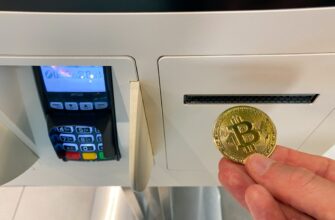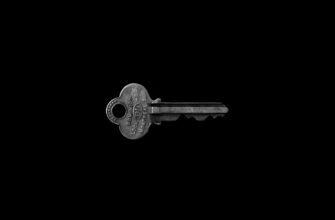How to Buy Bitcoin and Keep It Safe: Your Complete Security Guide
Bitcoin offers revolutionary financial freedom, but with great power comes great responsibility. As digital gold, Bitcoin requires robust security measures to protect it from hackers, scams, and human error. This comprehensive guide walks you through buying Bitcoin safely and implementing ironclad storage solutions. Follow these steps to confidently enter the crypto space while minimizing risks.
How to Buy Bitcoin: A 5-Step Process
Purchasing Bitcoin is straightforward when using reputable platforms. Here’s your roadmap:
- Choose a Trusted Exchange
Select platforms like Coinbase, Binance, or Kraken. Verify their security features (SSL encryption, cold storage), fees, and country availability. New users should prioritize intuitive interfaces. - Verify Your Identity
Complete KYC (Know Your Customer) procedures by submitting ID documents. This mandatory step prevents fraud but delays immediate trading – plan accordingly. - Fund Your Account
Deposit fiat currency via bank transfer (low fees), debit/credit card (instant but higher fees), or crypto assets. Avoid depositing more than you’ll trade immediately. - Execute Your Trade
Navigate to the BTC trading pair (e.g., BTC/USD). Use market orders for instant purchases at current prices or limit orders to set target buy prices. - Withdraw to Your Personal Wallet
Never store large amounts on exchanges. Immediately transfer purchased Bitcoin to your private wallet – the cornerstone of security.
How to Keep Your Bitcoin Safe: 7 Essential Security Practices
Over $3 billion in crypto was stolen in 2022 alone. Protect your assets with these measures:
- Use Hardware Wallets: Devices like Ledger Nano X or Trezor Model T store private keys offline. They’re immune to online hacking and cost $50-$150.
- Enable 2FA Everywhere: Activate Two-Factor Authentication using authenticator apps (Google Authenticator/Authy) – never SMS. Required for exchanges and email accounts.
- Create Uncrackable Passwords: Use 12+ character phrases with symbols, numbers, and mixed cases. Store them in encrypted password managers (Bitwarden, 1Password).
- Guard Your Seed Phrase: Your 12-24 word recovery phrase is master key access. Store it offline on steel plates, hidden in multiple secure locations. Never digitize it.
- Verify Addresses Meticulously: Always double-check wallet addresses before sending transactions. Malware can alter copied addresses – verify first/last 4 characters.
- Update Software Regularly: Install security patches for wallets, devices, and apps. Outdated software is vulnerable to exploits.
- Beware of Phishing: Scammers impersonate exchanges via fake emails/sites. Bookmark legitimate URLs and never click unsolicited links.
Bitcoin Security FAQ
Q: What’s the safest Bitcoin storage method?
A: Hardware wallets combined with offline seed phrase storage. For large holdings, use multi-signature wallets requiring multiple approvals for transactions.
Q: Can I recover Bitcoin sent to a wrong address?
A: No. Blockchain transactions are irreversible. Always verify addresses before sending. Test with small amounts first.
Q: Are mobile wallets safe for Bitcoin?
A: Reputable mobile wallets (Exodus, Trust Wallet) are convenient for small amounts but less secure than hardware wallets. Never store life savings on mobile devices.
Q: How often should I check my Bitcoin security?
A: Monthly: Update software, review transaction history, and confirm backup integrity. After major life events (moves/break-ins), relocate seed phrases.
Q: Should I insure my Bitcoin?
A: Yes, if holding significant value. Companies like Coincover offer theft protection, but premiums are high (1-5% annually). Self-custody remains most cost-effective.
Q: Is Bitcoin safer than banks?
A: With proper security, yes – you control assets without third-party risk. However, banks offer FDIC insurance; Bitcoin has no recourse if keys are lost.
Mastering Bitcoin security transforms you from vulnerable newcomer to confident holder. Remember: Your keys, your coins; not your keys, not your coins. Implement these protocols today to ensure your digital wealth remains truly yours.








